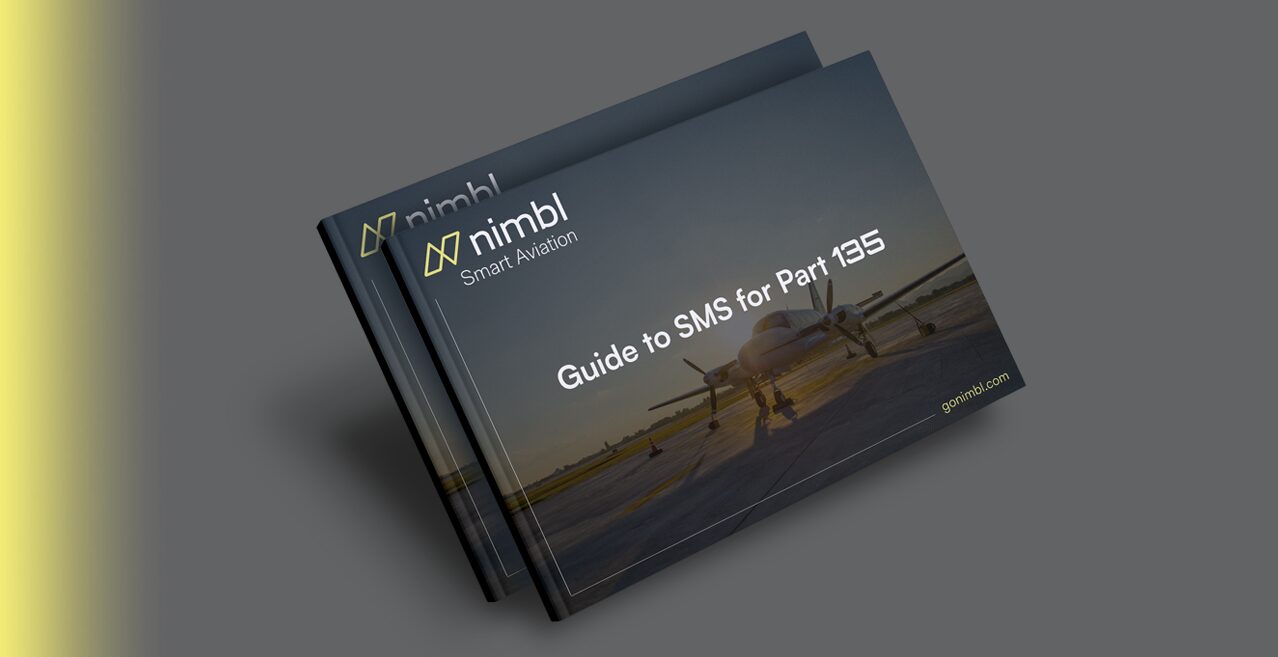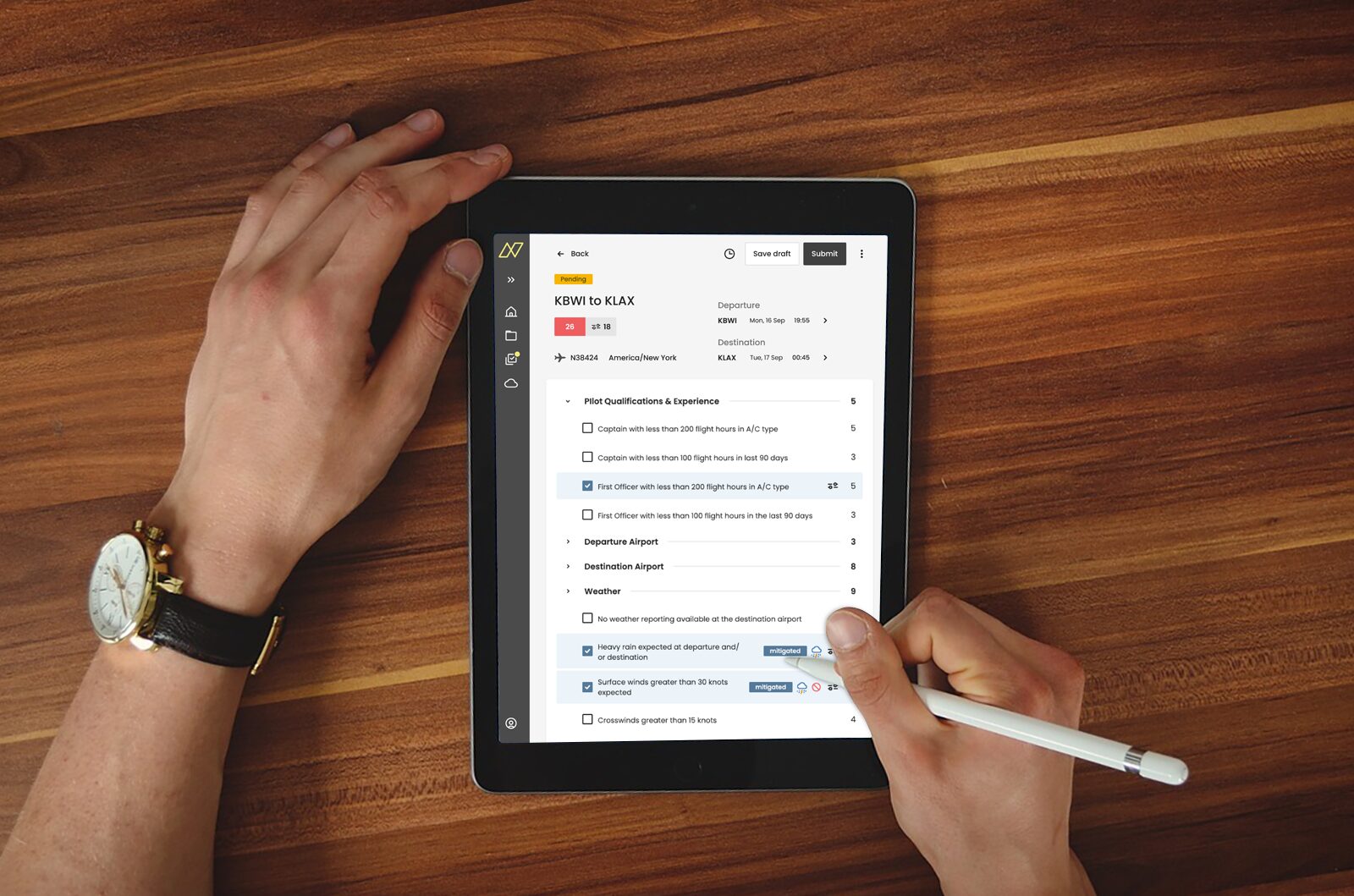Editors note: This post was originally published on July 29th, 2019. It has been updated for accuracy and comprehensiveness.
What if there was a way for that contract pilot or a new hire to immediately understand how your company works and what its procedures are? This is where your Flight Operations Manual (FOM) comes in handy. Yet there’s so much more to an FOM. Aside from supporting your organization by formalizing procedures and guidelines, it also helps streamline your operation and assists your team in performing their duties safely. But what goes into an FOM? How customizable can it be? What are the misconceptions that might make operators hesitant to develop one?
What is an OM in aviation?
Referred to in a variety of ways such as Flight Operations, Company Operations or even General Operations Manual, an Operations Manual (OM) is the beating heart of your flight department or organization: it describes the operation, tells people what they need to know to best carry out their duties, it ensures everyone is on the same page thereby improving operational efficiency and safety, and serves as the company handbook.
All employees, contract personnel, and new hires should familiarize themselves with the OM to properly understand the workings of the operation.
Why do you need an Operations Manual?
It May Be Required
Depending on the state of registry of the aircraft and location of the primary business, an OM may be required by your regulatory authority. Additionally, if an operator is seeking third party certification, most programs require an Operations Manual and SMS. For operators that are not required to have an OM, it may still be recommended depending on the size, areas of, and types of operation.
It Can Improve Business Efficiency and Safety
The main advantage of having an OM is that your procedures and policies are formalized by being written down and standardized. The OM helps ensure business continuity for yourself, when contracting personnel, making additions to the team, or when managing staff turnover. Your team will always have a clear idea of what’s expected of them and can reference the manual if questions should arise. Without this standardization, two people might perform the same duty in different ways, which could lead to a efficiency, or worse, safety problem. An OM also helps ensure all personnel are following the same guidance to help prevent misunderstandings.
Check out every day examples of how an operations manual is useful for flight departments, single pilots, FBOs, and UAS/Drone operators in our full Why do you need an Operations Manual? post.
OM myths debunked
Some operators remain skeptical towards an Operations Manual, which is caused by a few common misconceptions.
An OM will make you do extra unnecessary work. While it may be true that in aviation you oftentimes have to fit your processes to a manual, the OM should be written in accordance with what your operation is already doing. What works in your operation is what goes into the manual. If your processes need to change, your OM changes along with them.
An OM will limit your operation. An OM is your core guidance, but it should always include a way to deviate from outlined procedures if necessary. If any situation requires you to sidestep company procedures, that’s OK, as long as you’re still in accordance with applicable regulations. If you find yourself deviating from the manual too often, you might have to reconsider the processes you put in place and determine the root cause of the deviation. The deviation process in your OM can help you do this. You might then implement changes and those changes would in turn be reflected in your OM.
An OM is overly complex. An OM should always reflect the complexity of your operation – that’s why it should be tailor-made to your operation. Working off a borrowed OM or a stock template is not really useful since it will likely include unnecessary procedures or miss elements unique to your operation, making the manual unhelpful.
What should be included in an OM?
While OMs can vary greatly since they are customized to an operation, there are certain elements each OM should cover. We recommend starting with these five sections:
- Job Descriptions and Personnel Policies – A description of the roles and responsibilities helps everyone understand what is expected of them. This section should also include company policies (e.g., alcohol consumption, fitness for duty, vacation, personnel conduct, etc.) so as to avoid ambiguity.
- Operating Procedures – How the operation works: aircraft, passenger, and crew scheduling; pre-flight procedures (such as planning, fueling, etc.); passenger handling procedures; aircraft SOPs, call-outs, and checklists; flight following protocols, in-flight procedures, and post-flight requirements.
- Emergency Procedures – This section should include basic procedures on how to handle in-flight emergencies and procedures for possible accidents and incidents. However, also consider getting a fully customized Emergency Response Plan (ERP) for your organization so your team will be prepared for any incident – in the air and on the ground.
- Maintenance Procedures – A description of maintenance documentation and tracking requirements, procedures, and safety programs (e.g., procedures for working alone, use of safety equipment, etc.).
- Training – List and describe required and recommended training for all personnel, as well training intervals.
With these five elements, you already have a solid OM to support your operation, but you should also consider including a Safety Management System (SMS). The SMS should also be customized to the size and complexity of your operation. The OM would include the various forms, processes, and components that make sense for your SMS.
Getting a customized FOM
Nimbl makes creating a customized Operations Manual – with SMS included – really easy. Bringing together our knowledge from working with thousands of operators, combined with regulatory sources, industry best practices, IS-BAO, and more, we can work with you to build a manual that reflects the needs of your particular operation. All we need is for you to complete a simple questionnaire and provide any existing policies and procedures you may already have. We’ll do the rest. Sounds easy right? It is. Any questions? Don’t hesitate to reach out.
Related Resources
View All
View All

14 CFR Part 5: SMS Compliance for Part 135 Operators
Learn more

The Most Common Risks Operators Face Day to Day
Learn more

When To Do a Risk Assessment
Learn more

Your Aviation Emergency Response Plan (ERP): Three Critical Items To Keep In Mind
Learn more
